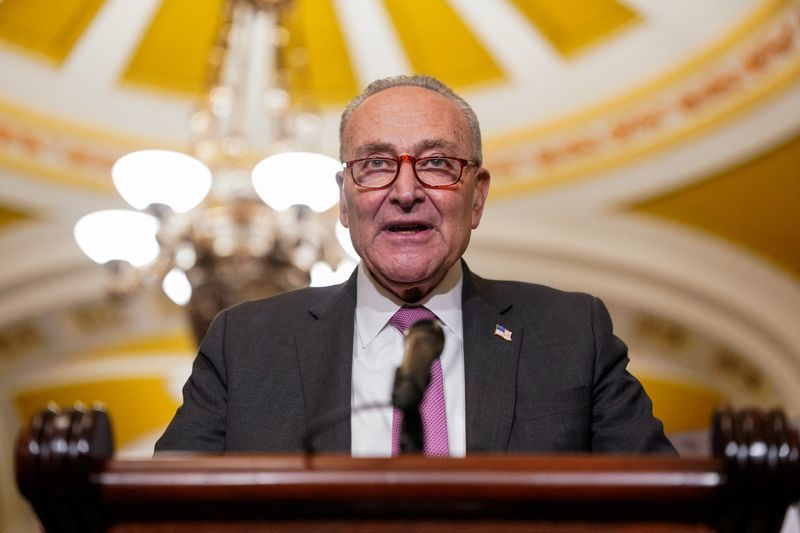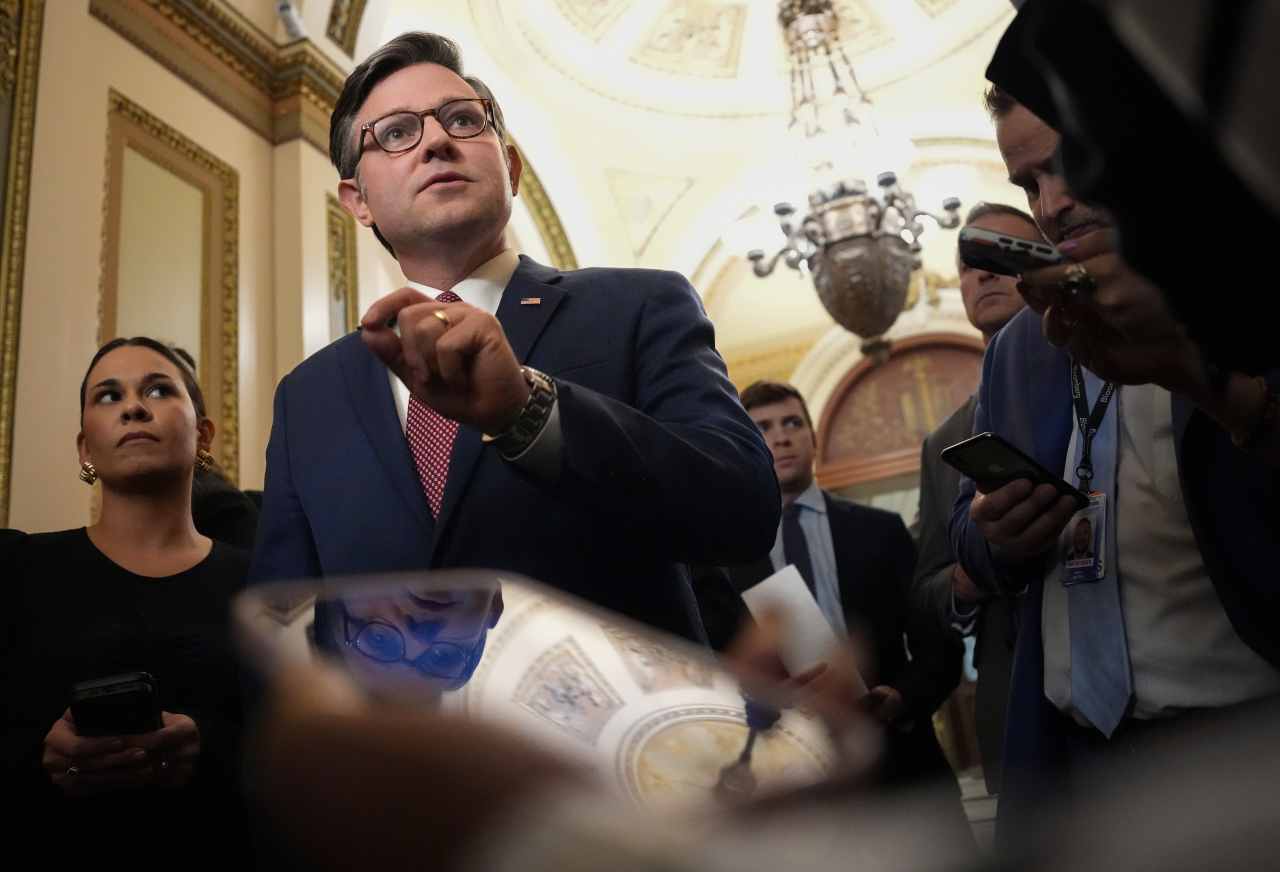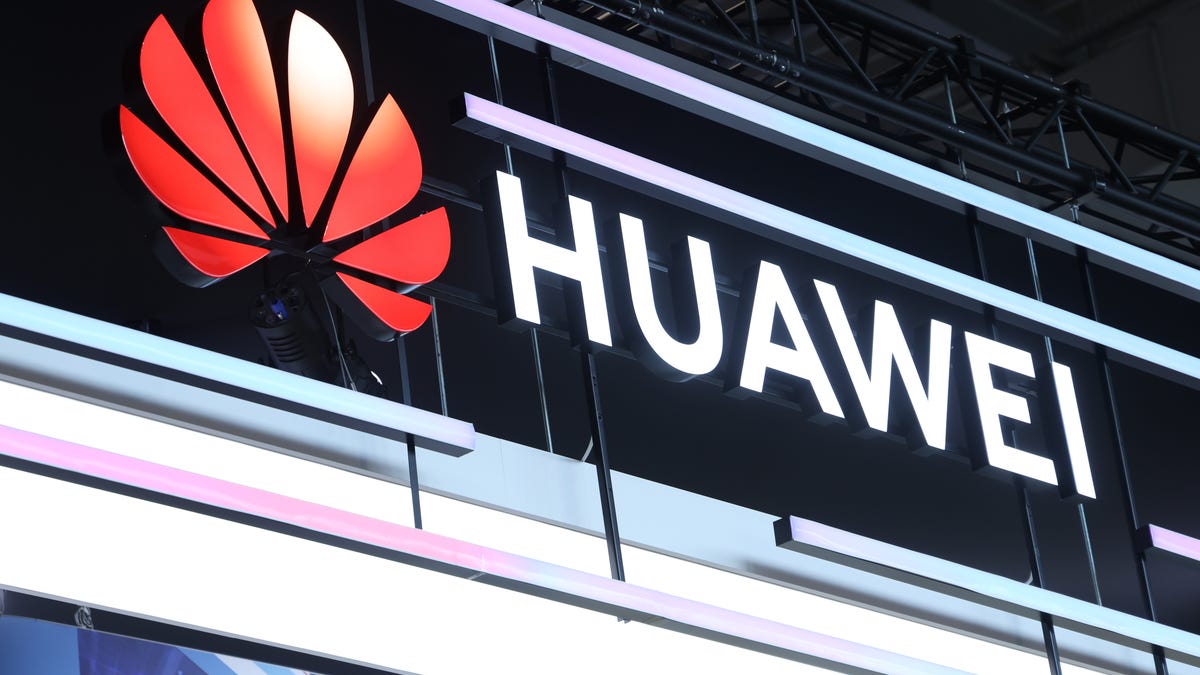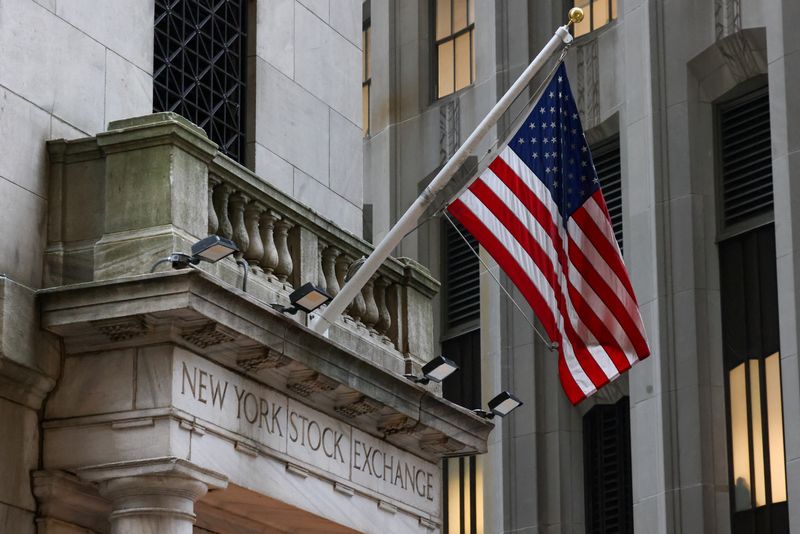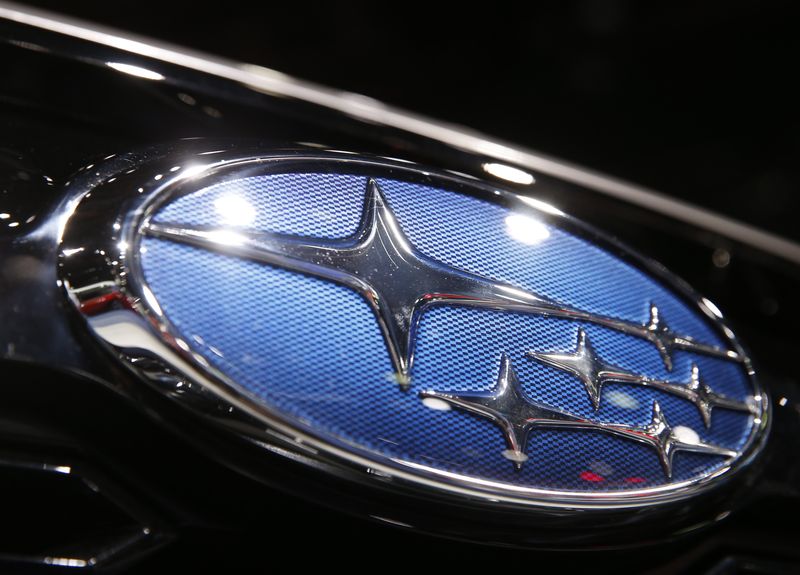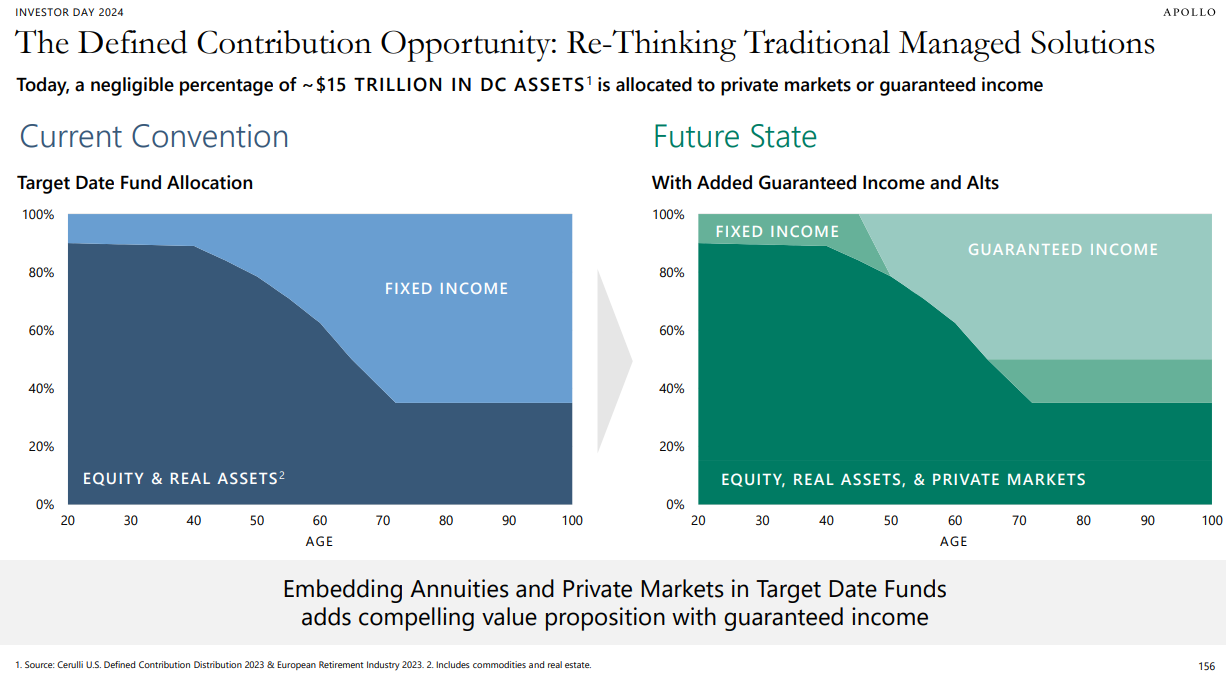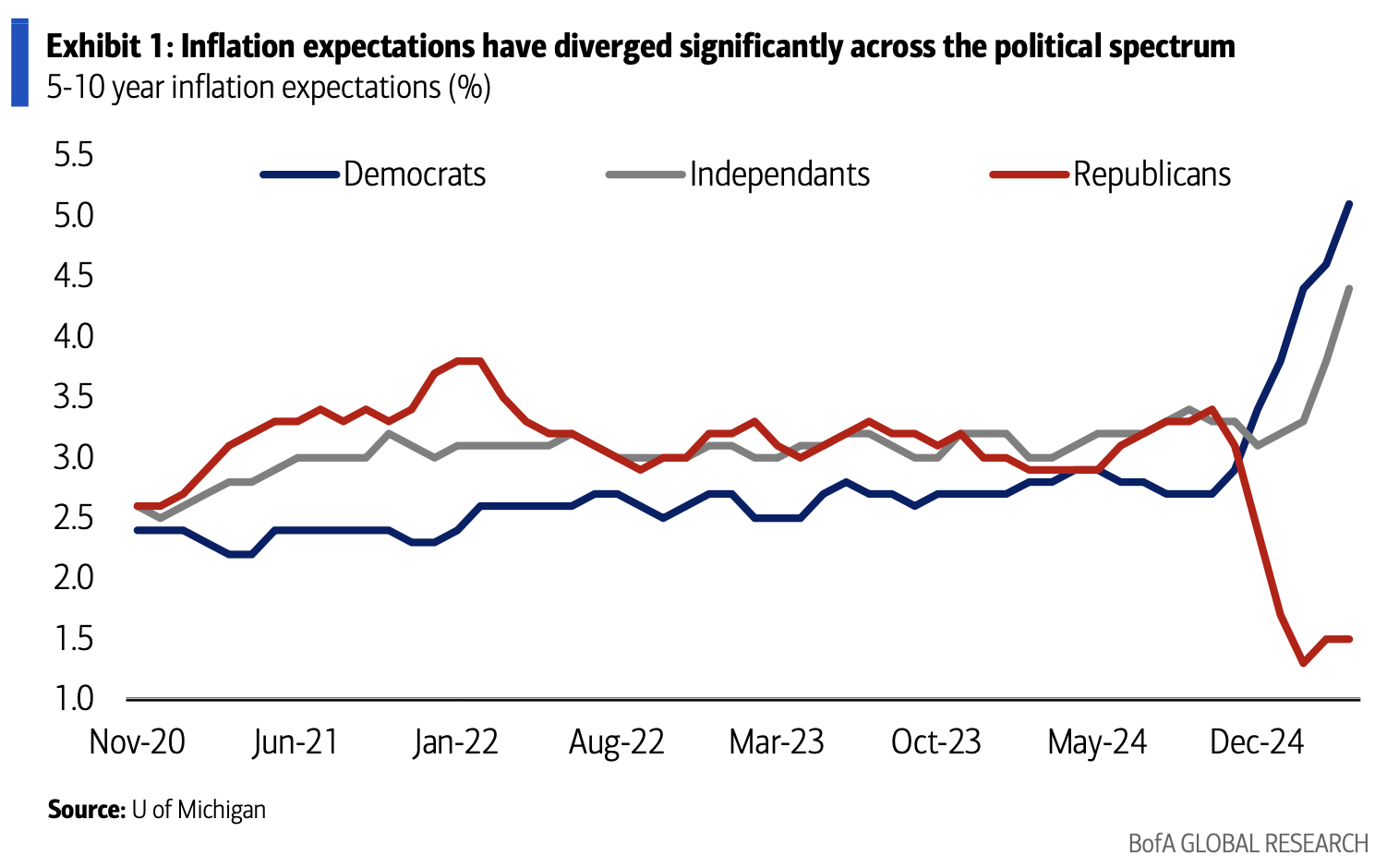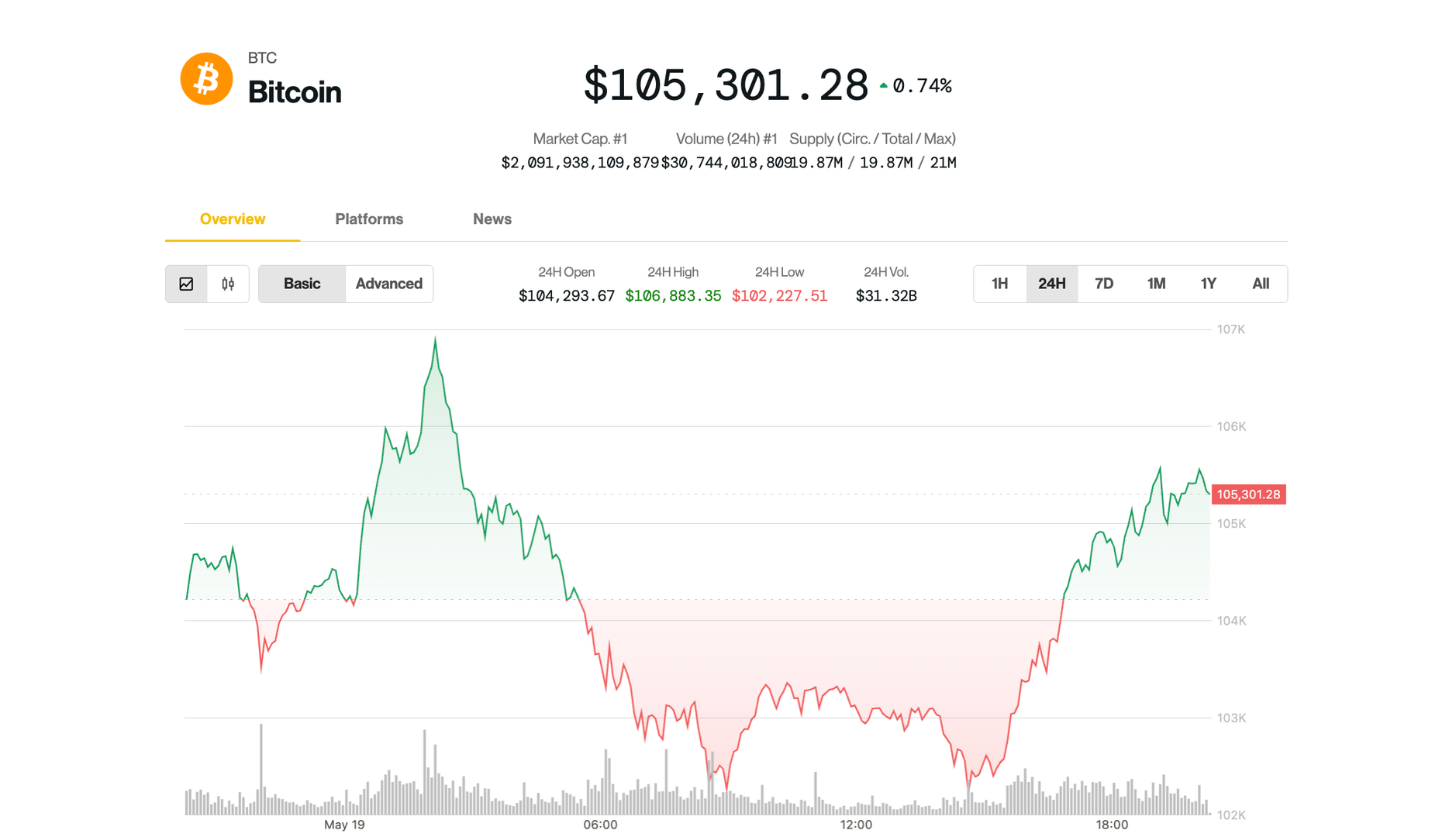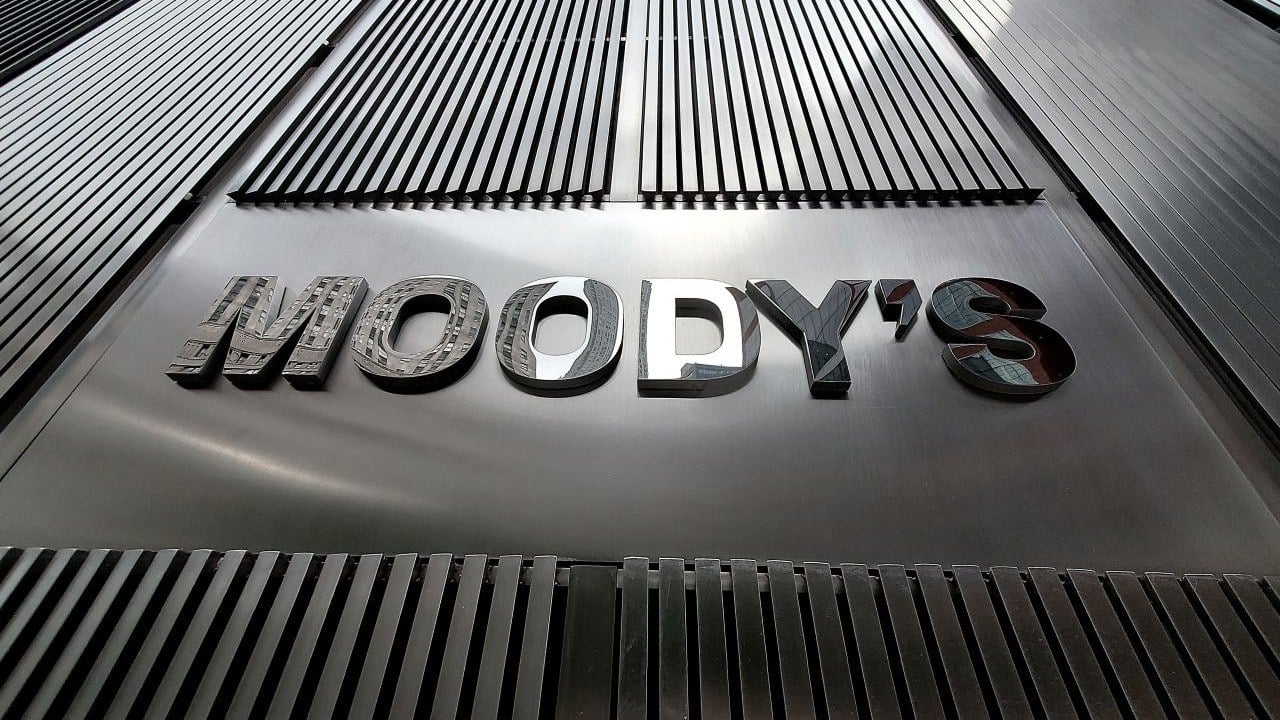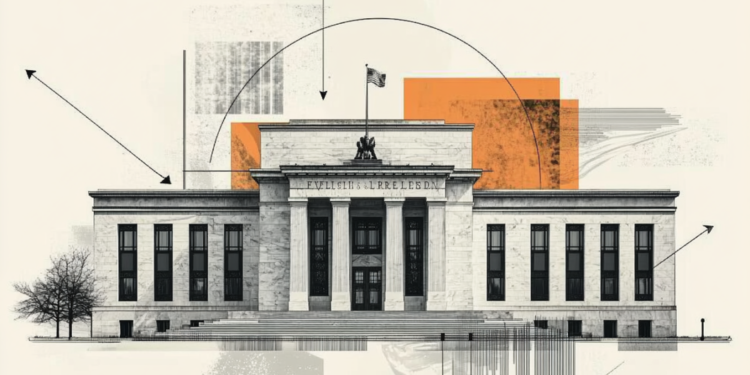Nebraska’s New Mining Rules: Infrastructure Safeguard or Soft Ban in Disguise?
Bitcoin Magazine Nebraska’s New Mining Rules: Infrastructure Safeguard or Soft Ban in Disguise? Does Nebraska's new mining legislation amount to more prejudiced regulation singling out Bitcoin miners? This post Nebraska’s New Mining Rules: Infrastructure Safeguard or Soft Ban in Disguise? first appeared on Bitcoin Magazine and is written by Colin Crossman.

Bitcoin Magazine

Nebraska’s New Mining Rules: Infrastructure Safeguard or Soft Ban in Disguise?
Nebraska lawmakers have just passed Legislative Bill 526 (LB526), and while not explicitly anti-Bitcoin, its effects may be anything but neutral. With a unanimous 49-0 vote, the Legislature sent the bill to Governor Jim Pillen’s desk, where it’s expected to be signed into law. Supporters call it a commonsense infrastructure bill. Bitcoin miners call it a slow-motion exodus in the making.
On paper, LB526 is about large energy users. But in practice, it singles out Bitcoin mining facilities with one megawatt (MW) or greater loads and layers on operational constraints that look more like punishment than policy.
Cost Shifting, Public Shaming, and Curtailment
At the heart of LB526 is a mandate: miners must shoulder the costs of any infrastructure upgrades needed to support their demand. Utilities are empowered to demand direct payments or letters of credit after conducting a “load study.” And while the law pays lip service to “fairness” and non-discrimination, it’s clear who the target is. Bitcoin miners are the only industry named.
Further, mining operators must notify utilities in advance, submit to their interconnection requirements, and, critically, accept interruptible service. That means that when the grid gets tight, it’s miners who go dark first. Voluntary demand response, the hallmark of Bitcoin mining’s grid-friendly posture? Replaced with mandated curtailment and utility discretion.
And the kicker: public disclosure of energy consumption. Utilities must publish annual energy usage for each mining operation. No such requirement exists for other data-heavy sectors — not for cloud computing, not for AI clusters, not for Amazon data centers. Just Bitcoin. It’s not just surveillance, it’s signaling.
The Tax That Wasn’t, and the Costs That Remain
To its credit, the Legislature dropped an earlier provision that would’ve added a 2.5¢/kWh tax on mining. This punitive levy would’ve tacked 50% onto typical industrial rates. That tax would have been an open declaration of hostility. Removing it was necessary. But not sufficient.
Because what remains in LB526 is a less visible, but no less potent deterrent: uncertainty. Miners already operate on razor-thin margins and seek jurisdictions with predictable power costs and clear rules. Instead, Nebraska is offering infrastructure tolls, discretionary curtailment, and regulatory spotlighting.
The Market Responds: Warning Shots from Miners
Industry leaders didn’t stay silent. Marathon Digital Holdings, one of the largest publicly traded mining firms, testified that it had invested nearly $200 million in Nebraska and paid over $6.5 million in taxes, and warned that if LB526 passed, further expansion would likely be scrapped.
Their message was clear: Nebraska had been a pro-mining, pro-growth jurisdiction. But LB526 sends a signal that miners aren’t welcome, or at best, are second-class citizens in the energy economy. As one executive put it, “If the same rules don’t apply to other energy-intensive industries, this isn’t about infrastructure, it’s about discrimination.”
Others warned that mandatory curtailment replaces cooperative grid services with coercion. Bitcoin miners can, and do, offer real-time load shedding that stabilizes grids during peak demand. But that value proposition only works when there’s a market signal. LB526 turns it into a liability.
Politics, Power, and Public Utilities
Senator Mike Jacobson, the bill’s sponsor, insisted LB526 is agnostic toward Bitcoin. “This is about electricity usage,” he said. But that’s hard to square with a bill that surgically targets one user class.
Jacobson pointed to Kearney, where half the city’s power goes to a single mining facility. But rather than view that as an opportunity, a dispatchable industrial customer willing to scale up or down based on grid needs, the Legislature opted for risk aversion and central planning.
And in Nebraska’s public power model, that matters. With every utility publicly owned, the regulatory posture of the state isn’t advisory, it’s existential. There is no retail competition. If Nebraska’s power authorities begin treating Bitcoin miners like unreliable freeloaders rather than willing partners, miners have no recourse. Just the exit.
For now, LB526 awaits only the governor’s signature. Given that LB526 was introduced at the behest of the governor, it is likely to be signed. Once enacted, it will take effect October 1, 2025. Miners have until then to decide: adapt, relocate, or fold.
States like Texas, Wyoming, and North Dakota have gone the opposite direction, offering tax clarity, grid integration, and legal protection. Nebraska, once on that shortlist, may find itself dropping off the radar.
Bitcoin mining doesn’t need handouts. But it does need equal footing. LB526 imposes costs, limits flexibility, and broadcasts suspicion. If the goal was to balance innovation with infrastructure, the execution leaves much to be desired.
Because when one industry is burdened while others are exempted, when voluntary partnerships are replaced with mandates, and when operational data is made public for no clear reason, it’s not hard to see why miners view LB526 not as regulation, but as retaliation.
This is a guest post by Colin Crossman. Opinions expressed are entirely their own and do not necessarily reflect those of BTC, Inc. or Bitcoin Magazine.
This post Nebraska’s New Mining Rules: Infrastructure Safeguard or Soft Ban in Disguise? first appeared on Bitcoin Magazine and is written by Colin Crossman.





